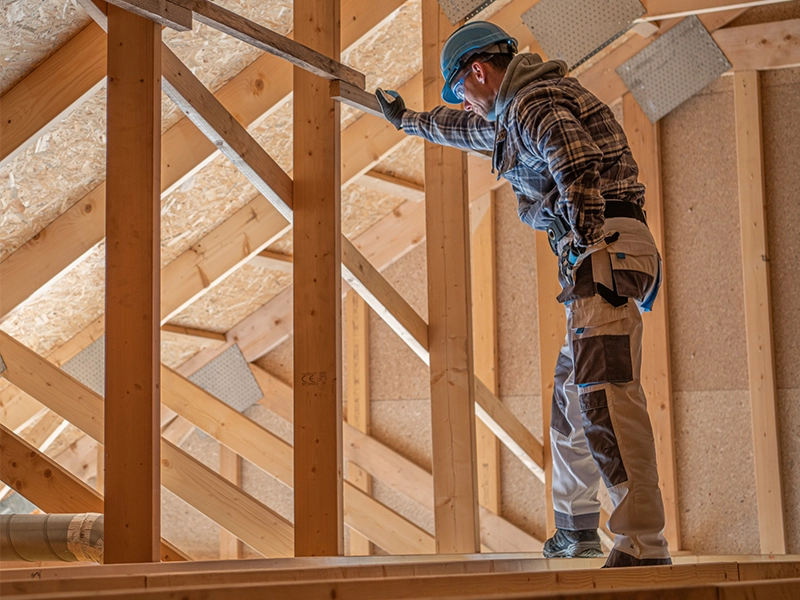At Cupcake Home Improvements, we believe a home should breathe just as well as it protects. Your attic is a key player in that balance—but when ventilation is off, things can get messy fast. Poor airflow can lead to mold, higher energy bills, premature roof wear, and even voided warranties. That’s why we’re breaking down the top five attic ventilation mistakes we see all the time—and how to avoid them.
Avoiding Common Attic Ventilation Mistakes
1. Intake Too High or Exhaust Too Low
Balanced ventilation relies on physics: cool air in from the bottom, warm air out from the top. If intake vents are too high or exhaust vents are placed too low, airflow gets confused. Sometimes vents installed too low act as intakes instead of exhausts, short-circuiting the whole system.
Cupcake Fix: Intake vents should go near the soffits (the lowest edge of your roof), and exhaust vents should be near the ridge (the highest point). Stick to that rule and you’re already ahead of the game.
2. Mixing Different Types of Exhaust Vents
This is a common one: a roofer throws in a different type of exhaust vent to “help” airflow—especially on tricky roof designs like hips that don’t have much ridge space. Unfortunately, mixing vent types can backfire. One vent may start pulling air in instead of pushing it out, throwing everything out of balance and potentially letting in weather or debris.
Cupcake Fix: Choose one type of exhaust vent for your entire roof. Whether it’s a ridge vent, box vent, or something else, it should meet your attic’s airflow needs and work with your roof style.
3. Oversized Ridge Vent Openings
A vent that’s too big isn’t always better. Sometimes the entire ridge is cut open under a vent just for aesthetics, but that creates more exhaust than needed. Without enough matching intake, the system gets lopsided—and efficiency tanks.
Cupcake Fix: Calculate your attic’s exact ventilation needs. If you need 288 square inches of exhaust and your ridge vent gives you 18 square inches per foot, only open 16 feet of ridge. That’s the kind of math we love doing for our clients.
4. Clogged or Blocked Intake Vents
Vents that look good on the outside might not be doing anything if they’re painted over, filled with dust, or blocked by attic insulation. It’s like having a straw with a sponge jammed in the bottom.
Cupcake Fix: Keep those intake vents clean. On the inside, use attic baffles to keep insulation from blocking airflow. And double-check: there should be an actual hole behind that vent!
5. Missing or Insufficient Intake Vents
It’s shocking how many homes have no intake vents—or just not enough. And without them, powered exhaust vents can start pulling air from your living space instead of the attic. That means higher energy bills, moisture problems, and all kinds of headaches.
Cupcake Fix: Intake is just as important as exhaust. Use a ventilation calculator online or ask a roofing professional (like us!) to help figure out what your attic really needs.
Bonus Tip: We’re Here to Help
At Cupcake Home Improvements, we don’t just install roofs—we install peace of mind. Whether you’re replacing a roof or trying to fix a hot, stuffy attic, we’ll make sure your home breathes the way it’s supposed to.
Have questions about your attic ventilation? We’d be happy to walk you through a free inspection or design a ventilation system that actually works. https://www.callcupcake.com/contact/













